How Much "Pride" in Pride?
June 08, 2025

Every June, our social media feeds become a vibrant palette of rainbows.
Brands change their logos, influencers wear their most colourful outfits, and hashtags like #LoveIsLove and #PrideMonth trend proudly. Pride is here — loud, glittery, and... performative?
Yes, June is Pride Month. And while global recognition of LGBTQ+ rights is slowly inching forward, India still remains a reluctant participant in the queer parade. Not just in terms of rights and representation, but in something far subtler — the stories we tell and the books we read.
So here’s the satirical (yet sincere) question we must ask: How much “pride” do we actually take in LGBTQ+ literature and writers from India?
Rainbow-Washing Without Reading
Let’s be honest. Posting a rainbow flag on Instagram is easier than reading Lihaaf by Ismat Chughtai.
Much easier, the former takes five seconds and zero discomfort. The latter — written in 1942, mind you — forces us to confront our own deeply entrenched biases and discomforts around female sexuality and same-sex desire.
Chughtai, one of Urdu’s most powerful feminist voices, had to face obscenity trials for writing Lihaaf, which delicately explored a lesbian relationship behind the velvet curtains of aristocratic Lucknow. That was almost a century ago. What’s changed?
Well, now we have laws that don’t criminalise homosexuality. But publishing, marketing, and reading LGBTQ+ content? That’s still a risk no one wants to take unless you’re a major publisher with foreign validation — or if you put a cisgender celebrity on the cover.
Pride Shelf at Bookstores: Empty or Imported?
Let's do one thing: walk into your local bookstore in June and ask for books on LGBTQ+ themes written by Indian authors. Watch the salesperson "blink".
Then they’ll probably hand you Call Me By Your Name or Giovanni’s Room and, if they’re truly adventurous, maybe Fun Home. All great books — but all very... non-Indian.
Where are the Indian queer voices?
Here’s a small but powerful list:
- R. Raj Rao’s The Boyfriend (2003) — Often credited as one of India’s first openly gay novels, set in post-liberalised Bombay, it’s raw, unapologetic, and fiercely local.
- Arundhati Roy’s The Ministry of Utmost Happiness (2017) — Featuring Anjum, a hijra protagonist, this novel blends politics, identity, and queerness with Roy’s signature narrative sweep.
- Vikram Seth’s A Suitable Boy — While not centrally a queer novel, Seth himself is openly gay and his absence from mainstream literary circuits post-377’s reinstatement in 2013 speaks volumes.
- Ruth Vanita and Saleem Kidwai’s Same-Sex Love in India — A groundbreaking anthology that reminds us LGBTQ+ identities were not “Western imports” but rooted in Indian texts and traditions.
- Vasudhendra's Mohanaswamy & Kavya Kadame's Punarapi - Mohanaswamy's central aspect of ‘love and longing’ was well beyond the social and anatomical construct in the story, while Punarapi is a Kannada novel on lesbian relationships.
Yet, how many readers have actually heard of these books? How many high school syllabi include even a snippet from queer Indian literature? Pride, after all, must also be literary.
The Triple Struggle: Writer, Queer, and Indian
Being a writer is hard. Being a queer writer is harder. Being a queer writer in India? That’s a literary hat-trick, a very few survive.
A. Revathi, a trans writer and activist, penned The Truth About Me: A Hijra Life Story. Her memoir offers an unfiltered look into the life of a hijra in South India — the violence, the community, the resilience. Despite its importance, Revathi’s work is rarely found in bestseller lists, and almost never in drawing-room book clubs.
Hansda Sowvendra Shekhar, who identifies as queer and has authored My Father’s Garden, was suspended from his government job for writing The Adivasi Will Not Dance, a story collection that explored themes of caste, sexuality, and exploitation. Though cleared later, the message was clear: “Write what you will, but know the cost.”
Even Meena Kandasamy, a prominent Dalit feminist writer and activist, speaks and writes often about queerness as a political identity, but remains on the fringes of “mainstream” literary promotion despite international acclaim.
These writers aren’t writing for June. They’re writing for survival.
Ask Yourself This Pride Month…
So dear reader, how many Indian books about LGBTQ+ lives have you actually read?
Not counting the viral tweet you liked or the rainbow heart you posted. Not the Netflix series or the foreign memoir. Indian. Local. Homegrown.
If the answer is “none” or “maybe one,” then maybe we’ve found the problem. Pride isn’t just about celebration — it’s about confrontation. It’s about reading voices that unsettle you. It’s about hearing from people who aren’t invited to the TEDx stage but who write from the margins with blood and brilliance.
Pride is Not a Month. It’s a Page.
Until we see more LGBTQ+ Indian books in our stores, schools, and conversations, Pride Month in India will remain a rainbow sticker stuck on a dusty windowpane.
We need to:
- Ask publishers why queer Indian manuscripts are rejected for being “too niche.”
- Demand bookstores stock Indian LGBTQ+ literature all year round.
- Include LGBTQ+ writers in literature festivals beyond token panels.
- Talk about queer Indian literature without making it a “genre.”
Most importantly, we need to read — not just in June, but every month. Because every time we pick up a book written from a queer Indian lens, we’re not just celebrating pride. We’re living it.
So, next time you wave a rainbow flag, ask yourself: How much pride do I take in queer Indian voices? And if the answer makes you uncomfortable, good. That’s where all meaningful reading begins.
Further Reading Suggestions (For Your Real Pride Bookshelf):
- The Man Who Was a Woman and Other Queer Tales from Hindu Lore – Devdutt Pattanaik
- No Outlaws in the Gender Galaxy – Maya Sharma
- Because I Have a Voice: Queer Politics in India – Edited by Arvind Narrain and Gautam Bhan
- Am I a Homosexual? – Shobhna Kumar (Editor, Queer Ink)
- Yaraana: Gay Writing from India – Edited by Hoshang Merchant
Let’s turn the page. Let’s make Pride not just a post, but a practice.

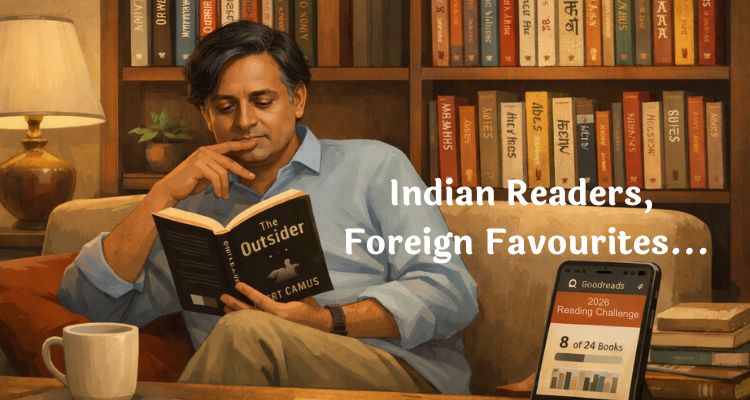
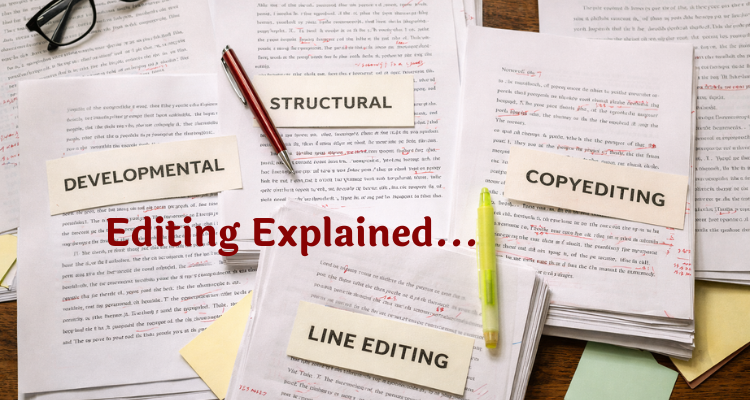
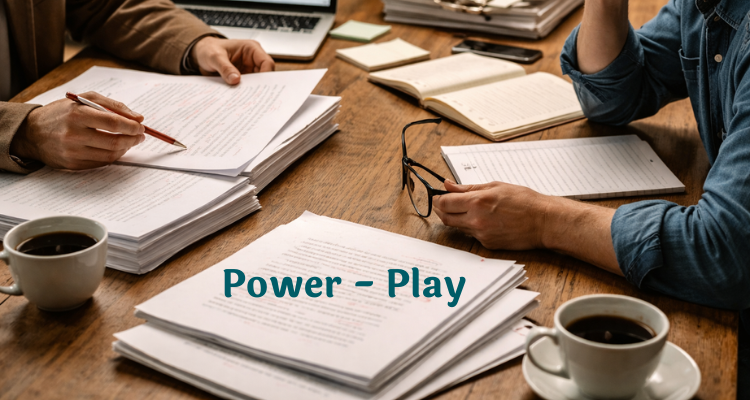
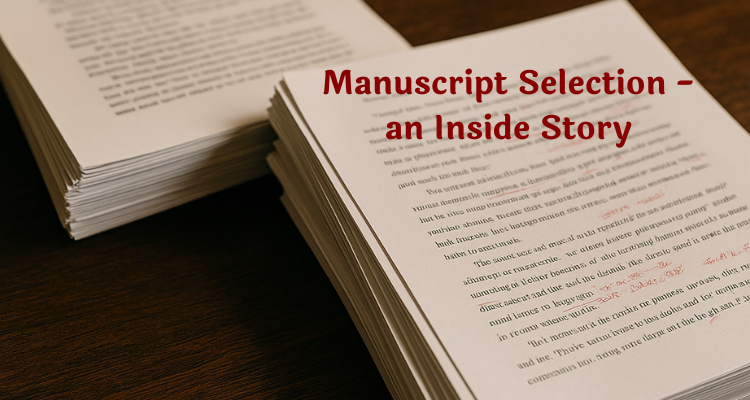
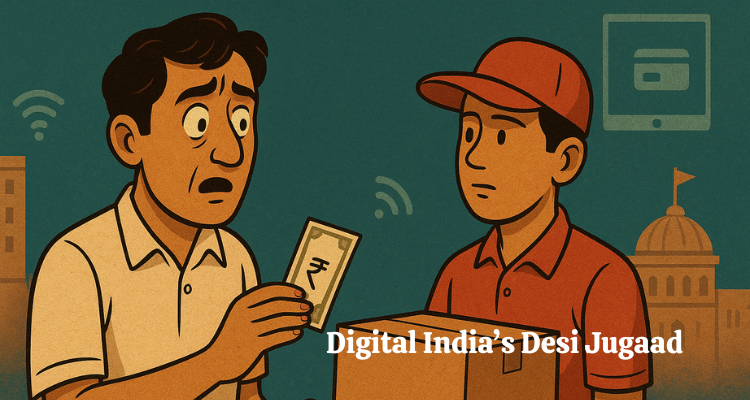
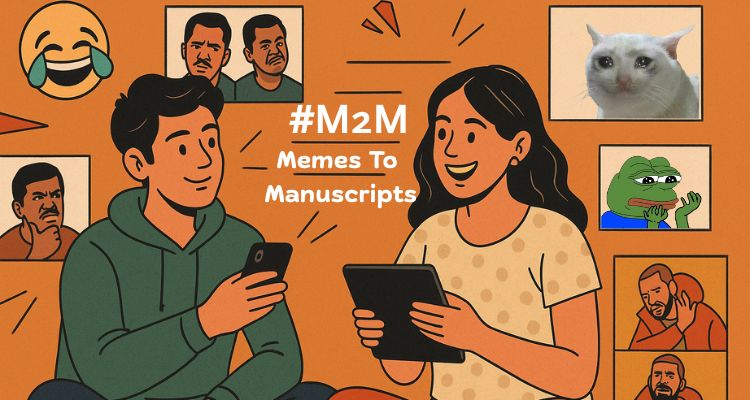
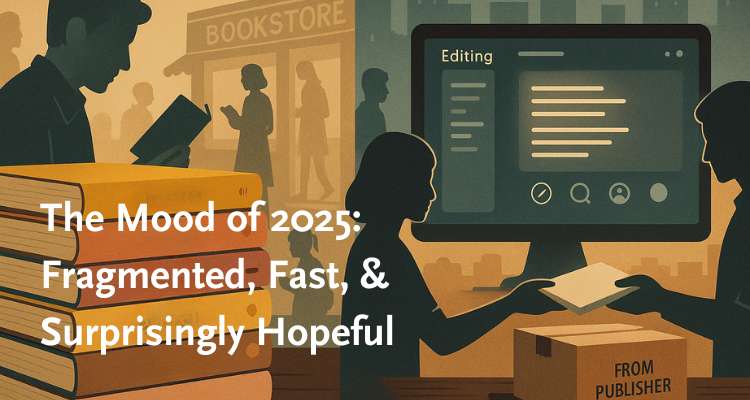

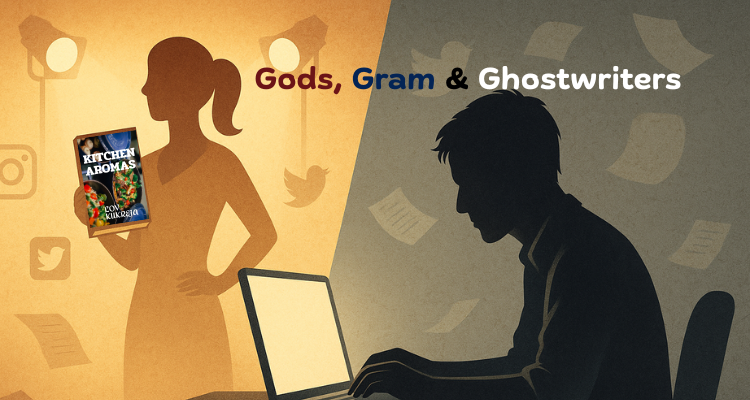
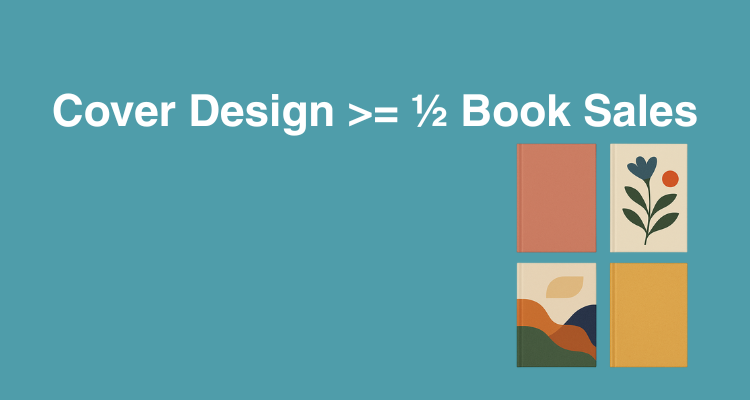
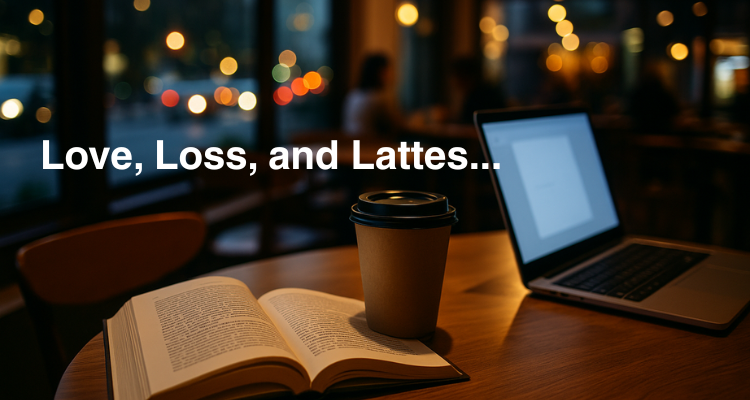
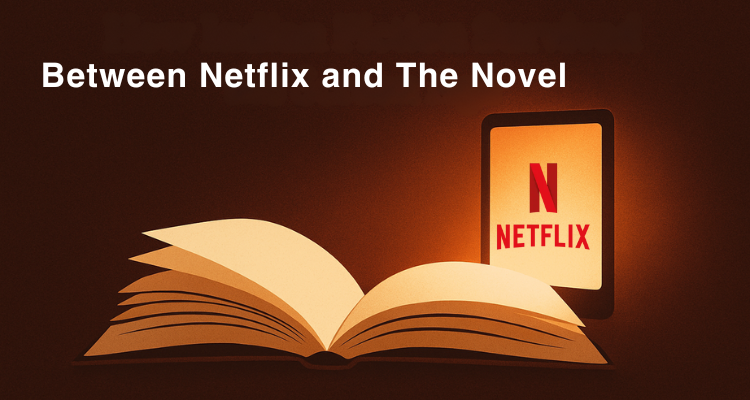
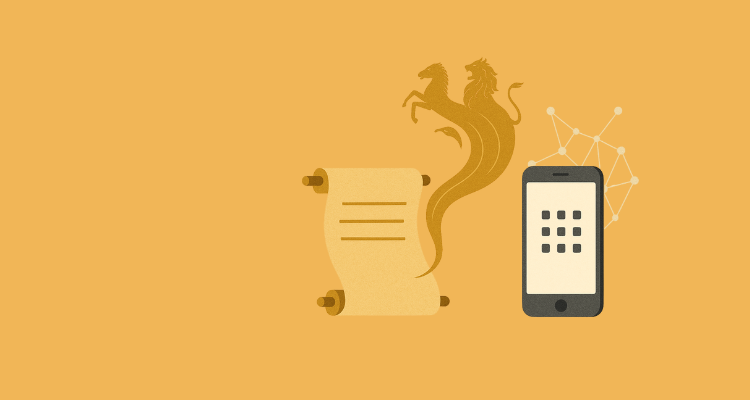
Add a comment
Add a comment